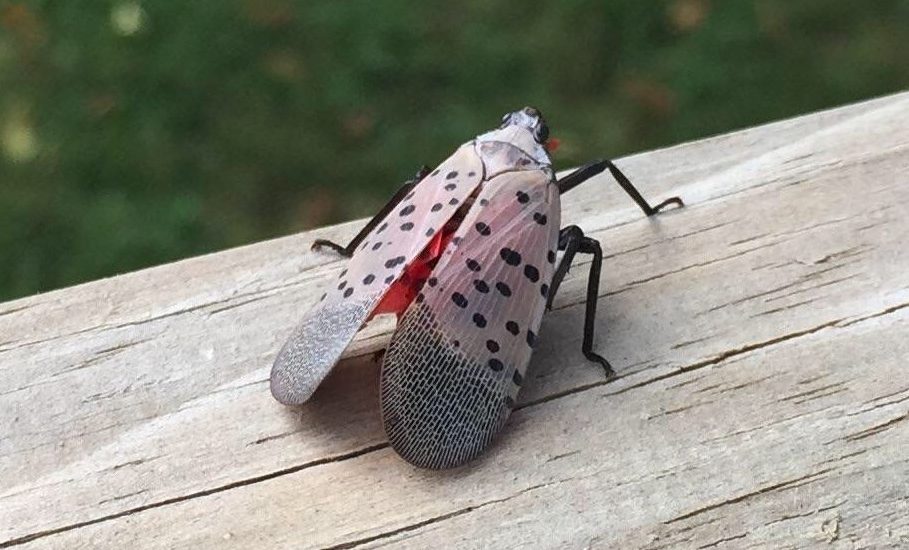Penn State Research Finds Promising Weapon to Exterminate Dreaded Spotted Lanternfly

With the spotted lanternfly population threatening a potential $324 million in economic loss and nearly 3,000 jobs, Penn State researchers have found promising ways to help exterminate the dreaded bug, writes Allie Miller for Philly Voice.
Controlling the problematic lanternfly population has proven to be particularly difficult, with numbers having jumped drastically since last year.
Rick Roush, Dean of Penn State’s College of Agricultural Sciences, attributed this to the “complexities of its preferred environments.”
In continuing research that began last year at Norristown’s Farm Park, scientists have discovered that applying specific insecticides to vegetation early on in the spring, during hatching season, could significantly reduce the population across the state.
Additionally, the study found that using synthetic insecticides made with an ingredient called “dinotefuran” slashed the lanternfly population by 90 percent in just a day, and remained effective for two weeks after application.
Though these results are promising, scientists would prefer to find an effective insecticide to use against the spotted lanternfly that is organic instead of synthetic.
“We are striving for an organic form of spotted lanternfly control,” said Dean Roush, “but need to have an enhanced understanding of circumstances under which it will be most effective.”
Read more about the latest Penn State research on controlling the Spotted Lanternfly population here.
You Might Also Like
Natural Predators Might Lead to Lanternfly Demise
Penn Vet Adds a Dog’s Nose to Arsenal of Weapons Against the Dreaded Spotted Lanternfly
Spotted Lanternfly Trap Nabs Local Teen National Science Fair Award
Join Our Community
Never miss a Delaware County story!
"*" indicates required fields

















![95000-1023_ACJ_BannerAd[1]](https://delco.today/wp-content/uploads/sites/3/2023/03/95000-1023_ACJ_BannerAd1.jpg)














